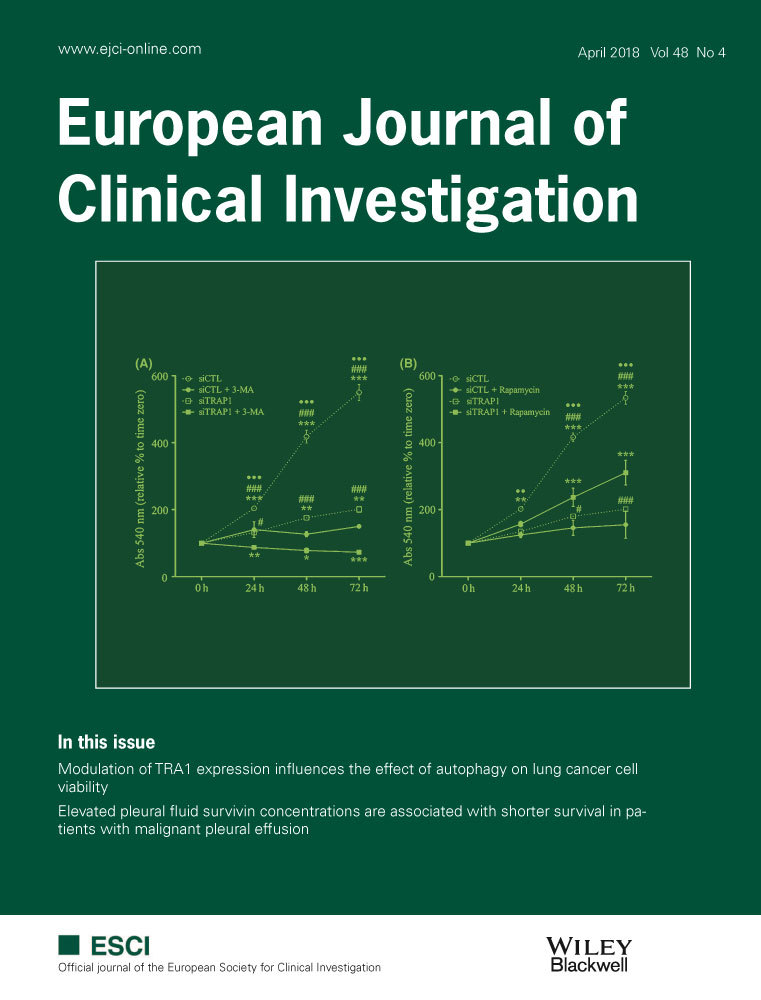
“A generally undesired effect of cannabis smoking is a reversible disruption of short term memory induced by delta-9-tetrahydrocannabinol (THC), the primary psychoactive component of cannabis.
However, this paradigm has been recently challenged by a group of scientists who have shown that THC is also able to improve neurological function in old animals when chronically administered at low concentrations.
Moreover, recent studies demonstrated that THC paradoxically promotes hippocampal neurogenesis, prevents neurodegenerative process occurring in Alzheimer Disease, protects from inflammation-induced cognitive damage and restores memory and cognitive function in old mice.
With the aim to reconcile these seemingly contradictory facts, the present work will show that such paradox can be explained within the framework of hormesis, defined as biphasic dose responses. ”







